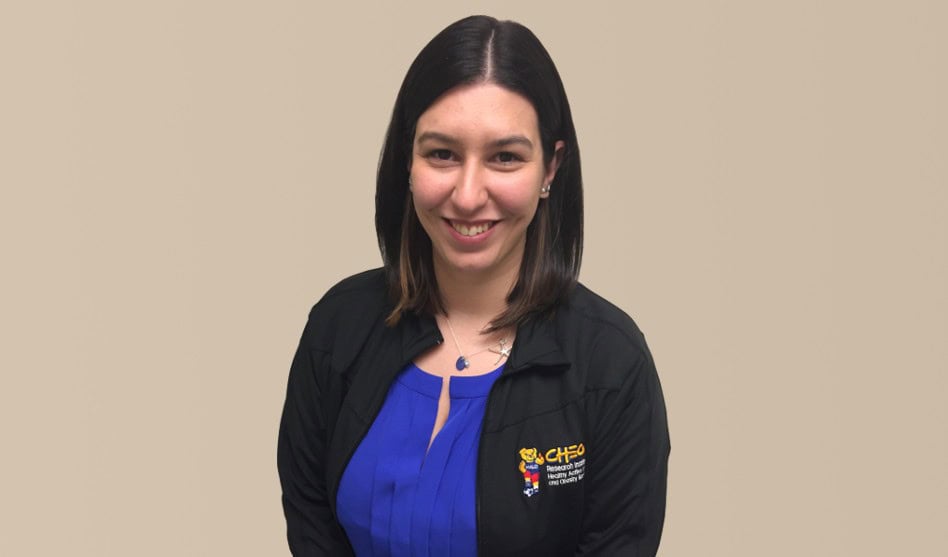HALO MSc student Caroline Dutil is lead author on a paper, “Inadequate sleep as a contributor to type 2 diabetes in children and adolescents,” that was recently published in Nutrition & Diabetes. Citation details and a summary of the paper are below.
Dutil C, Chaput JP. Inadequate sleep as a contributor to type 2 diabetes in children and adolescents. Nutrition & Diabetes (2017) 7, e266; doi:10.1038/nutd.2017.19
Click here to read the article in full for free.





